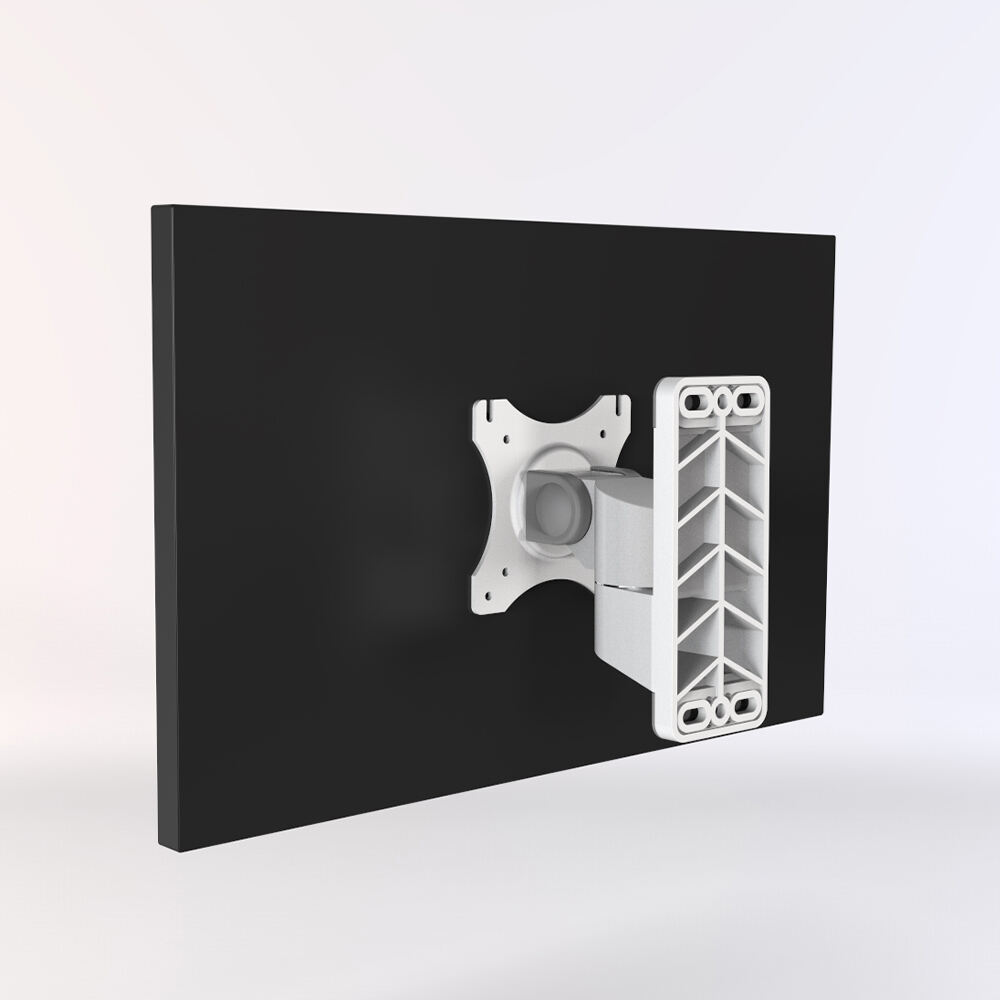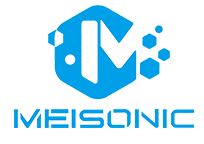Understanding Industrial Monitor Arms in Modern Manufacturing
The evolution of manufacturing technology has brought sophisticated equipment and control systems to factory floors worldwide. At the heart of these advanced operations lies a crucial component - the industrial monitor arm. These robust mounting solutions play a vital role in optimizing workspace ergonomics, improving operator efficiency, and ensuring seamless interaction with critical production data.
Industrial monitor arms serve as the bridge between human operators and complex machinery, enabling precise control and monitoring of manufacturing processes. Unlike standard office monitor mounts, these specialized arms are engineered to withstand harsh industrial environments, vibrations, and continuous use while maintaining stable positioning of displays.
Essential Features of Industrial Monitor Arms
Material Construction and Durability
When selecting an industrial monitor arm, material quality stands paramount. Premium arms typically feature heavy-duty aluminum or steel construction, offering superior load-bearing capacity and longevity. The materials must resist corrosion, especially in environments exposed to chemicals, moisture, or extreme temperatures.
Look for powder-coated finishes that provide additional protection against environmental factors. High-grade industrial monitor arms often incorporate reinforced joints and stress-tested components that maintain stability even under constant movement and repositioning.
Load Capacity and Display Compatibility
Modern industrial displays come in various sizes and weights, making load capacity a critical consideration. Professional-grade monitor arms should support weights ranging from 5 to 30 pounds, accommodating both standard and touchscreen displays. Verify VESA mount compatibility, ensuring the arm matches your monitor's mounting pattern.
Consider future upgrades when selecting load capacity. Choosing an industrial monitor arm with higher weight limits than currently needed provides flexibility for eventual monitor replacements or system expansions.
Ergonomic Considerations and Adjustment Options
Range of Motion and Flexibility
Optimal operator comfort requires monitor arms with extensive adjustment capabilities. Look for solutions offering height adjustment, tilt, swivel, and rotation functions. The ability to position screens at various angles and distances helps reduce operator fatigue and maintains productivity during long shifts.
Advanced industrial monitor arms feature smooth, controlled movements with gas spring or mechanical assist mechanisms. These systems allow effortless adjustments while preventing sudden movements that could damage equipment or cause safety concerns.
Space Optimization and Mounting Options
Factory floor space often comes at a premium, making mounting versatility essential. Quality industrial monitor arms offer multiple mounting solutions, including desk clamps, grommet mounts, wall mounts, and rail system compatibility. Consider the specific requirements of your workstation layout and choose mounting options that maximize available space.
Some advanced systems feature cable management channels, helping maintain a clean, professional appearance while protecting vital connections from damage. This organization also contributes to workplace safety by reducing trip hazards and preventing cable strain.

Installation and Maintenance Requirements
Installation Considerations
Professional installation ensures optimal performance and longevity of industrial monitor arms. Consider the mounting surface stability, access to power sources, and cable routing paths during planning. Many manufacturers provide detailed installation guides and templates to facilitate proper setup.
Verify weight distribution and balance points before final installation. Some industrial monitor arms require initial tension adjustment based on the specific monitor weight, ensuring smooth movement and stable positioning.
Maintenance and Support
Regular maintenance extends the service life of industrial monitor arms and prevents unexpected failures. Choose manufacturers offering comprehensive warranty coverage and readily available replacement parts. Establish periodic inspection routines to check for loose components, cable wear, or alignment issues.
Document any adjustments or maintenance procedures performed, creating a maintenance history that helps identify potential issues before they impact production. Quality industrial monitor arms often include maintenance guides and troubleshooting resources.
Cost Considerations and Return on Investment
Initial Investment Analysis
While premium industrial monitor arms represent a significant investment, they offer substantial long-term value. Consider factors beyond purchase price, including installation costs, expected lifespan, and potential productivity improvements. Quality arms often provide better total cost of ownership compared to budget alternatives that may require frequent replacement.
Evaluate warranty coverage, service agreements, and manufacturer support when calculating total investment. Some suppliers offer volume discounts or package deals when outfitting multiple workstations.
Long-term Value Assessment
Calculate return on investment by considering improved operator efficiency, reduced downtime, and decreased workplace injury risks. High-quality industrial monitor arms contribute to better ergonomics, potentially lowering healthcare costs and improving employee satisfaction.
Factor in the ability to accommodate future technology upgrades and changing workspace requirements. Flexible mounting solutions adapt to evolving needs, extending their useful life and maximizing investment value.
Frequently Asked Questions
How do I determine the correct weight capacity for my industrial monitor arm?
Check your monitor's specifications for exact weight and add 20% margin for safety. Consider any additional accessories or future upgrades that might increase the total weight load. Always choose an arm rated above your current needs to ensure stable operation.
What mounting options work best for industrial environments?
Heavy-duty clamp mounts and through-desk bolt mounting typically provide the most stable installation in industrial settings. Wall mounts offer excellent stability for fixed positions, while rail systems provide maximum flexibility for reconfigurable workspaces.
How often should industrial monitor arms be inspected and maintained?
Conduct visual inspections monthly, checking for loose components, cable wear, and movement smoothness. Perform detailed maintenance quarterly, including tension adjustments and hardware tightening. High-usage environments may require more frequent inspections.





